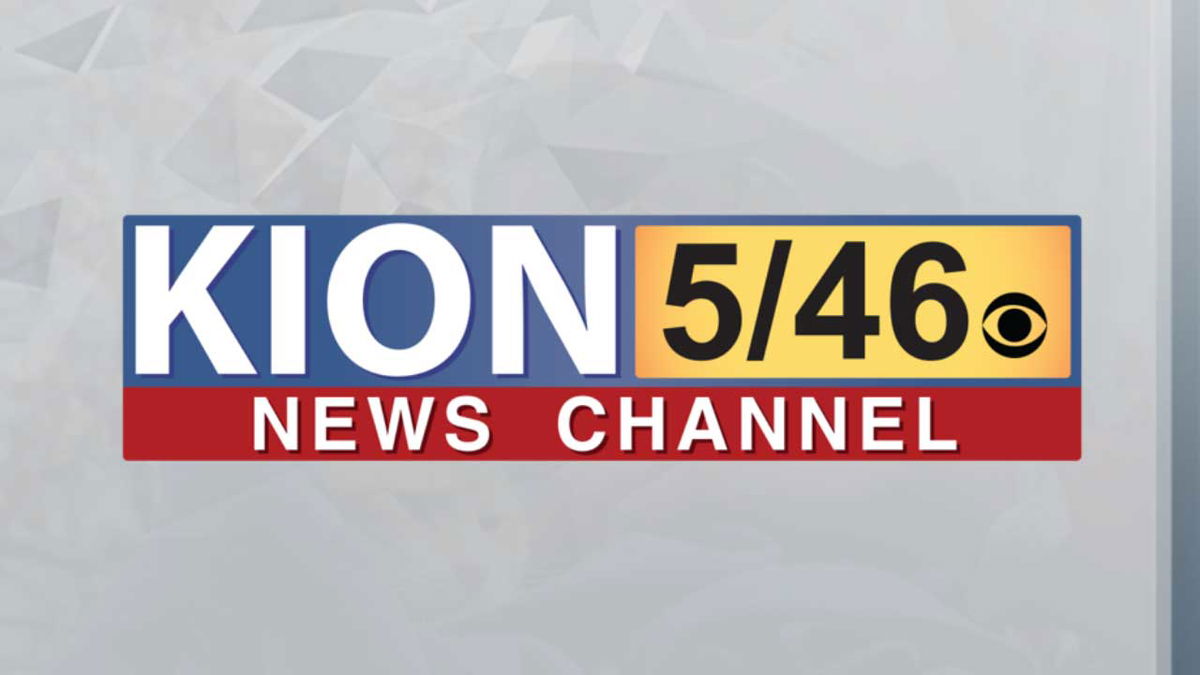New York City’s slow-motion primary election will force the press to show some patience

By Brian Stelter, CNN Business
A version of this article first appeared in the “Reliable Sources” newsletter. You can sign up for free right here.
New York City is about to become the largest American jurisdiction to implement ranked choice voting for an election. It’s complicated, it’s confusing, and it’s going to take a while for the press and the public to know the outcome. Do you think everyone involved will be able to summon a sufficient amount of patience?
Voting locations open at 6am Tuesday. The highest-profile race is the Democratic primary for mayor. “I’ve been watching NYC mayoral elections for nearly 30 years,” CNN Politics senior writer and analyst Harry Enten says. “And I have never lacked this much confidence in predicting the winner on primary eve.”
The final polls “indicated that Eric Adams, Kathryn Garcia, Maya Wiley and Andrew Yang are all within 10 points of each other in initial preferences,” Enten told me. “Adams does lead, but he has the lowest share of initial primary preferences in over 40 years.”
To understand the ranked choice voting process, check out Enten’s explainer here. “Again, most polling has Adams coming out on top in this process, but not all of it,” Enten said. “With Yang (whose voters were most likely to back Adams) signaling his preference for Garcia over the weekend instead, how might that change the equation? Oh, and we might not know who has won until the week of July 12 because of when absentee ballots are arriving, and because of the ranked choice process.” About that…
The news abhors a vacuum
“On Tuesday night,” the NYT’s Emma G. Fitzsimmons wrote, “we should find out which candidate is leading among the ballots cast in-person on Primary Day and during nine days of early voting. But election officials must then wait for tens of thousands of absentee ballots to arrive, and those will need to be counted as well.”
For those reasons, “an official winner is unlikely to be named before the week of July 12,” she wrote. Hopefully it’ll happen sooner, but it could take even longer. As Tim Miller wrote, maybe “the next mayor can fix” this broken election system.
In the meantime, the local media’s role is crucial here, in the same way that the national media’s role was critical last November. One candidate may emerge with a sizable lead, making it very tough for others to catch up, but that won’t be enough to “call” the Democratic primary race. So pack your patience…
FOR THE RECORD
— “A Democratic mayoral primary that mostly played out in the tiny confines of a square box on Zoom spun into full Technicolor berserk in the race’s final days,” David Freedlander observes… (NYMag)
— Henry Goldman writes: “NYC mayoral race shows city at odds over how to mount comeback…” (Bloomberg)
— Andrea Gabor examined how the NYT tried, and failed, to corroborate a harassment allegation against candidate Scott Stringer. When Stringer’s accuser went public at a press conference, the charges received widespread coverage. Stringer is now an also-ran… (CJR)
— A timely big-picture story by Alex Burns and Jonathan Martin: “When it comes to big city elections, Republicans are in the wilderness…” (NYT)
“I love you New York”
That’s how Maya Wiley, the former MSNBC commentator, closed her final rally: “I love you New York.” The Democratic primary race is certainly getting lots of attention — in part because of what this race signals about the Democratic party writ large — and in part because there aren’t a lot of other big-deal elections this year.
And there’s this, as Peter Hamby tweeted on Monday: “New York media has a habit of wildly overestimating how much the country cares about the mayor’s race.” But here’s the counterargument, from the aforementioned Tim Miller: The race “has been so fun.” One of the examples he cited: The brouhaha about whether Eric Adams actually lives in New Jersey.
Adams was asked about the “elephant in the room” in this Q&A with VF’s Bess Levin. Adams said, “Those people on Twitter, I just keep it moving and ignore them… They can tweet all they want; that’s a whole universe that lives among itself. [But] there’s a real-world that is not on Twitter. And so I could care less what they write, what they say.”
Don’t be swayed by Twitter chatter
Building on some recent tweets by Brian Riedl of the Manhattan Institute, Bobby Burack of Outkick wrote about the misleading nature of Twitter chatter on Monday. “Pew data finds that 3% of the population creates 90% of all tweets sent,” he wrote. “Only 8% of the US population is ‘active’ on Twitter.” And yet, Burack wrote, “late-night TV, award shows, and comedy have adjusted content to correspond with Twitter reaction. Appealing to just 8% of viewers is bad business.”
Lin-Manuel Miranda’s recent apology might come to mind. “Stop the apologizing,” Bill Maher said on HBO last weekend. “You’re the guy who made the founding fathers Black and Hispanic! I don’t think you have to apologize to Twitter.”
>> Counterargument: This thoughtful NYT conversation explores the issues about colorism “and the casting of the film…”